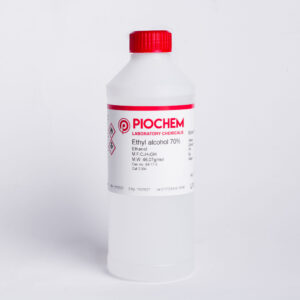Product Name: Diethanolamine
Chemical Formula: C4H11NO2
CAS Number: 111-42-2
Description:
Diethanolamine (DEA) is an organic chemical compound that is both a secondary amine and a diol. It appears as a colorless to pale yellow, viscous liquid with a mild ammonia-like odor. DEA is widely used in various industrial and consumer products due to its versatile properties, including its ability to neutralize acids, stabilize emulsions, and act as a surfactant.
Applications:
- Personal Care Products:
- Commonly used in shampoos, soaps, and cosmetics as a surfactant and foaming agent.
- Acts as a pH adjuster and stabilizer in personal care formulations.
- Industrial Applications:
- Employed in the production of metalworking fluids, cutting oils, and corrosion inhibitors.
- Utilized in the formulation of agrochemicals, such as herbicides and fungicides.
- Textile Industry:
- Used as a wetting agent and softening agent in textile processing.
- Gas Treatment:
- Applied in gas scrubbing processes to remove acidic gases, such as carbon dioxide and hydrogen sulfide.
- Resin Production:
- Involved in the synthesis of polyurethanes and epoxy resins.
Specifications:
- Appearance: Colorless to pale yellow, viscous liquid
- Purity: ≥ 99%
- Boiling Point: 271 °C (520 °F)
- Melting Point: 28 °C (82 °F)
- Solubility: Completely miscible with water and alcohol
- pH: Alkaline (pH 11-12 in aqueous solution)
- Storage Conditions: Store in a cool, dry place, in tightly sealed containers to avoid moisture absorption and contamination
Advantages:
- Versatile: Suitable for a wide range of applications across multiple industries.
- Effective: Provides excellent emulsifying, stabilizing, and surfactant properties.
- Stable: Maintains stability under various conditions, ensuring long shelf life.
Safety Information:
- Hazards: Diethanolamine is classified as harmful if ingested, inhaled, or absorbed through the skin. Prolonged exposure may cause liver and kidney damage and is suspected of causing cancer.
- Handling: Use appropriate personal protective equipment (PPE), such as gloves, safety goggles, and lab coats. Work in a well





Reviews
There are no reviews yet.